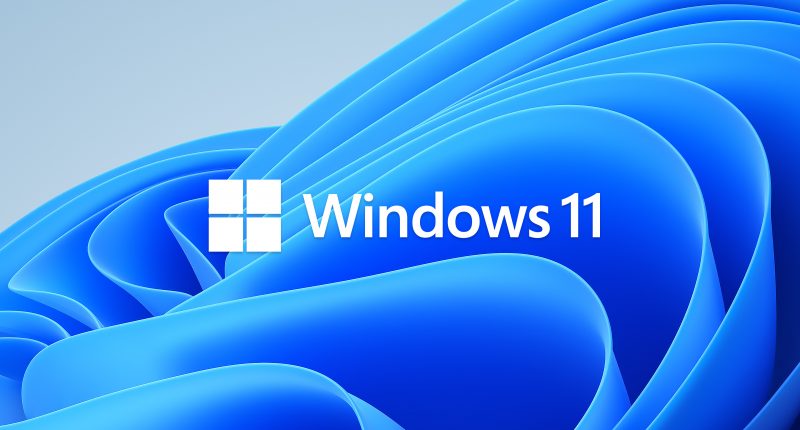Back when Microsoft launched Windows 10 in 2015, it announced widely that this will be the last iteration of the OS. And that’s what many, including me, believed for a long time. However, back in summer this year, the Satya Nadella led company surprised everyone with the announcement of Windows 11– a project that should not exist according to the company’s claims from before. Nonetheless, users around the world have been waiting for the “Holiday Season” launch of the OS, and now, we have a final date.
The company has announced that all eligible devices running on Windows 10 will get the update to Windows 11 on October 5, earlier than many had expected. A lot of companies announce Holiday season launches for their products, and most of the times, it means sometime during late October or early November. Many were speculating the OS to launch around October 20, which is in line with the ‘late October; norm.
However, the company is unexpectedly launching Windows 11 earlier.
Now, coming to the actual OS, you can read our extensive coverage on the project here. The main idea behind the latest iteration of the Windows OS is a design change. The company has went for a more minimalistic, rather calm looking, with the design more in line with what you see on a Mac than on a Windows PC. The task bar on the bottom has been shifted to the center, bringing the whole layout of the starting screen together.
Special attention has been given to multitasking, with the help of new Snap Layouts, Groups and Desktops designed to offer a more organized approach.
The start menu has also dropped the tabbed interface that was first seen in Windows 8, and adopted a more Android like feel. This inspiration from smartphones also pours into the refreshed widget section, which also resembles macOS quite heavily.
The Tech Portal is published by Blue Box Media Private Limited. Our investors have no influence over our reporting. Read our full Ownership and Funding Disclosure →






